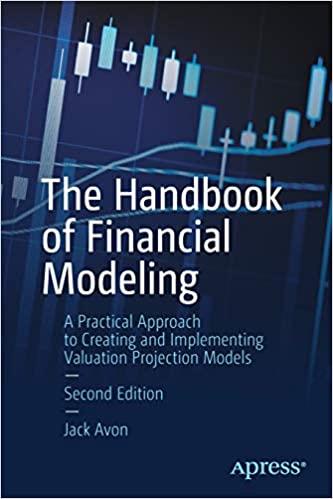Problem 4-20 Two-stage DCF model Compost Science Inc. (CSI) is in the business of converting Boston's sewage sludge into fertilizer. The business is not in itself very profitable. However, to induce CSI to remain in business, the Metropolitan District Commission (MDC) has agreed to pay whatever amount is necessary to yield CSI a 14% book return on equity. At the end of the year, CSI is expected to pay a $5 dividend. It has been reinvesting 40% of earnings and growing at 5% a year. a-1. Suppose CSI continues on this growth trend. What is the expected long-run rate of return from purchasing the stock at $100? (Do not round Intermediate calculations. Enter your answer as a percent rounded to the nearest whole number.) Answer is complete and correct. Rate of return 100% a-2. What part of the $100 price is attributable to the present value of growth opportunities? (Do not round Intermediate calculations. Round your answer to 2 decimal places.) Answer is complete and correct. $ 16.67 PVGO b. Now the MDC announces a plan for CSI to treat Cambridge sewage. Csi's plant will, therefore, be expanded gradually over five years. This means that CSI will have to reinvest 80% of its earnings for five years. Starting in year 6, however, it will again be able to pay out 60% of earnings. What will be CSI's stock price once this announcement is made and its consequences for CSI are known? (Do not round Intermediate calculations. Round your answer to 2 decimal places.) Answer is complete but not entirely correct. Stock price $ 106.17 Problem 4-28 Valuing a business Permlan Partners (PP) produces from aging oil fields in west Texas. Production is 1.90 million barrels per year in 2018, but production is declining at 7% per year for the foreseeable future. Costs of production, transportation, and administration add up to $26.00 per barrel. The average oil price was $66.00 per barrel in 2018. PP has 8.0 million shares outstanding. The cost of capital is 9%. All of PP's net income is distributed as dividends. For simplicity assume that the company will stay in business forever and that costs per barrel are constant at $26.00. Also, ignore taxes. a. Assume that oil prices are expected to fail to $61.00 per barrel in 2019. $56.00 per barrel in 2020, and $51.00 per barrel in 2021. After 2021, assume a long term trend of all price increases at 5% per year. What is the ending 2018 value of one PP share? (Do not round intermediate calculations. Round your answer to 2 decimal places.) Share value 2016 b-1. What is PP's EPS/P ratio? (Do not round Intermediate calculations. Round your answer to 4 decimal places.) EPSIP ratio b-2. Is it equal to the 9% cost of capital? Yes NO








